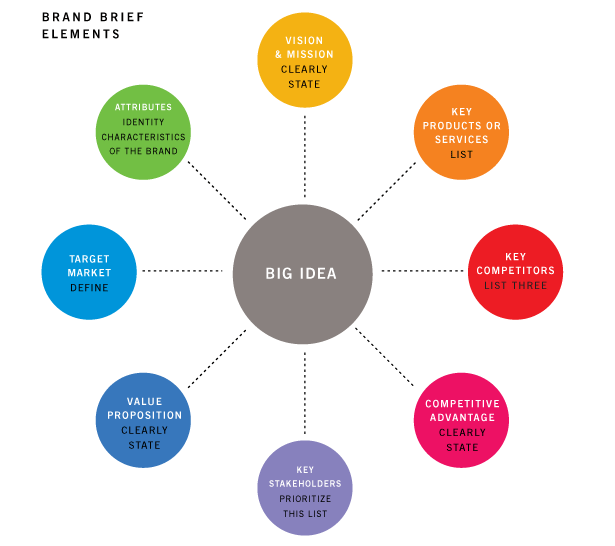As I mentioned in my
previous post, I have been deciding what to share in my final post. Should I
talk about culture in India? My personal adventures throughout this vast and
diverse country? My life in the most cosmopolitan and populous city in India?
I could speak about
my experiences but because I know I'm coming back soon (or at least to another
emerging market), I've decided to share what I've learned from early-stage
social entrepreneurs in India which is
far more interesting... well ,for me at least! So what have I learned?
Focus on doing one thing well: Early-stage
entrepreneurs usually have limited resources to get their product or service to
market and start gathering feedback and generating revenue. Entrepreneurs have a choice: do many things
poorly or focus on doing one thing (or a few things) well. From my
conversations, the entrepreneurs that choose to focus on one thing tend to have
a more coherent pitch, vision and plan of action to achieve the vision. As a
MBA student, this lesson hits home even more. In business school, you are
inundated with opportunities - professionally, socially, and academically.
Would you rather attend that corporate presentation tonight, study for an
upcoming exam, attend a social event for your favorite club, or go to a happy hour
with your friends? Logistically, you can't do everything. Fortunately, what you
decide underlies that which you value most thereby (hopefully) leading to a
more defined focus.
Understand who your customers are and listen to them
often: Rather than try to sell to everyone at once, entrepreneurs are
more likely to succeed if they take the time to first understand who to sell to
and work to meet their needs. Entrepreneurs that pay attention to their
customers, peers, and even competitors have a much higher chance of survival.
For example, during my conversation with Chachii, the co-founder had identified
peers in India and abroad to better understand their models. With this
analysis, the entrepreneur further differentiated her service while identifying
potential exit opportunities. Another common thought among entrepreneurs is
that "if you build it, they will come" which is especially prevalent
for entrepreneurs with a technically superior product. Although your product or
service may be the next best thing, the ultimate judge for any entrepreneur
should be the market and their customers. Numerous cases, such as Betamax vs
VHS or the more recent Blu-Ray vs HD DVD, demonstrate that business success
hinges less on your amazing and technologically advanced product specifications
than on your ability to listen to your customers and execute on your model.
Focus on business model first, social impact second:
Without a viable business model, any social impact that a social entrepreneur
generates is short-lived (note: my definition of a social enterprise is one
that seeks financial and social/environmental returns.) Although understanding
the context of the social or environmental issue that an entrepreneur is trying
to address, the immediate questions that come to mind all relate to an
entrepreneur's business model including:
"Have you
identified a market with customers who have some willingness to pay?",
"How do you
plan to offer your product or service cost-effectively to eventually generate
profits?", and
"What or who
stands in your way and how do you plan to address that?"
For social
entrepreneurs, the last question is one of the toughest since achieving social
impact usually involves changing behavior and these enterprises face the
toughest competitor: the status quo with customers who are usually resistant to
change regardless of how the product or service could "change their
lives". For example, solar lamps and cookstoves provide a safer and
cleaner alternative than kerosene as light or fuel for cooking, respectively.
Plenty of entrepreneurs sell these but few have managed to convince potential
customers to switch, differentiate themselves and achieve scale.
Play well with others: Besides overcoming the
status quo, social entrepreneurs occupy a unique space as they usually try to
offer something that the government has failed to do (or at least, do well),
non-profit organizations provide free or at cost like water or food, incumbents
"offer" usually in the form of exploitation, or any combination of
the three. Social entrepreneurs need to understand if, when, and how to engage
with these players to create a market with fewer distortions thereby leading to
sustainable and long-term change. For example, NextDrop has worked with the
local water utility from day one because without the utility's buy-in
(agreement), NextDrop would not have been able to launch its SMS service.
A market-based
approach is not the end all be all for poverty alleviation or any other
socio-economic or environmental issue. Humanitarian aid to countries or regions
in conflict or post-major natural disaster, for example, is the most feasible
solution despite its shortcomings and criticism. At the same time, my
experiences with social enterprises and non-profits have convinced me that
social enterprises have the potential to address most socio-economic issues.
They, however, need to closely collaborate with government and the social
sector to adequately address the complex, inter-related nature of these issues.
Market-based approaches and especially social enterprises are not the
"silver bullet". But they should lead the way to achieve real and
sustainable social change.

























